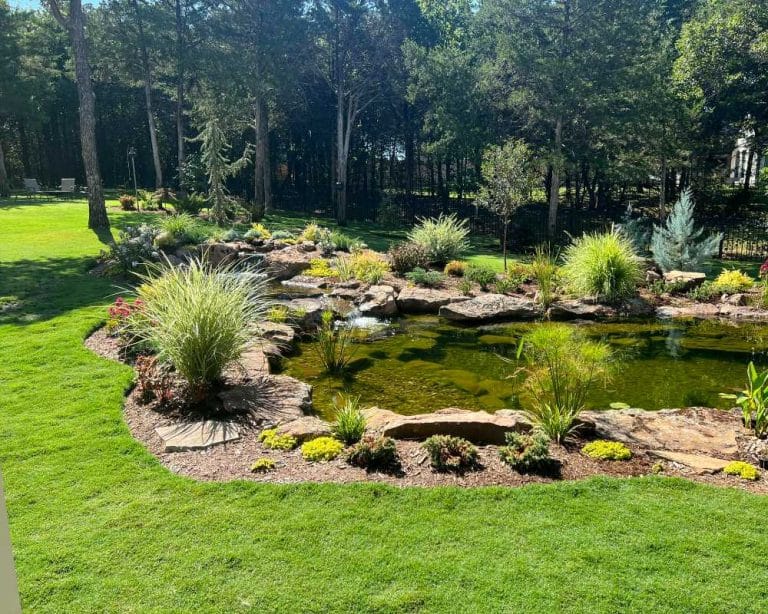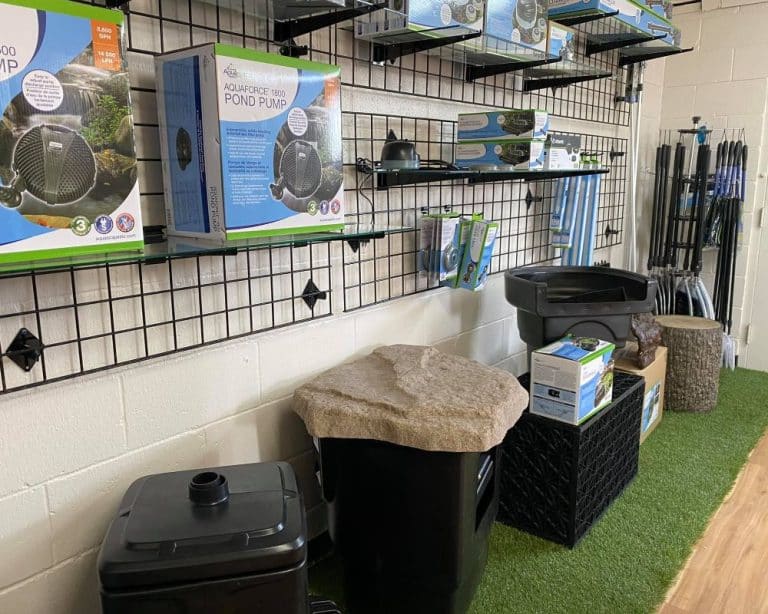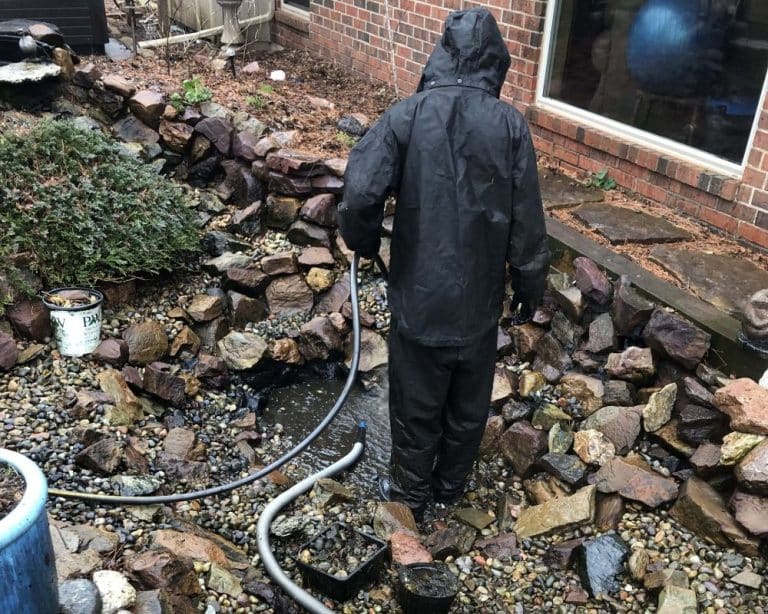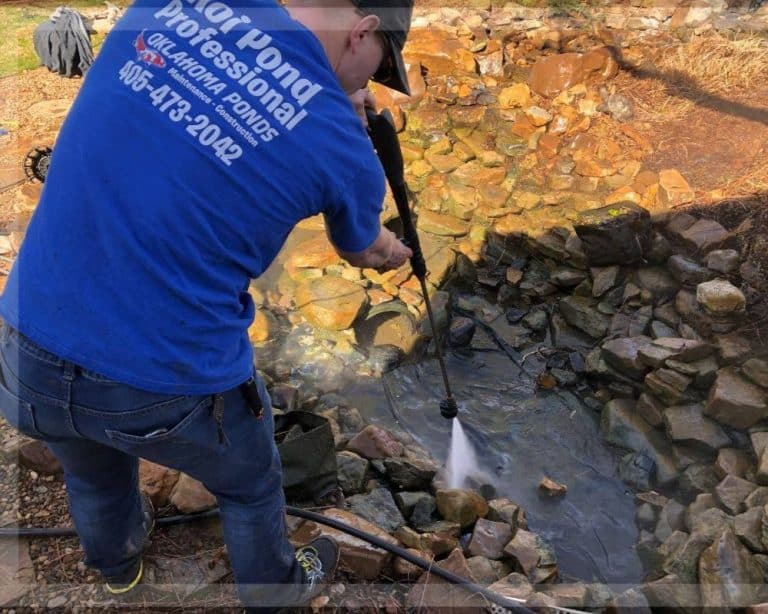Be Spring-Ready with Fall Koi Pond Maintenance
As you know, your pond is a full, thriving ecosystem. It includes plants, fish, and bacteria. Yes, your pond is full of good and bad bacteria. The good bacteria keep your pond balanced and help your koi stay healthy. However, there are two types of bacterium, Aeromonas and Pseudomonas, that can be deadly to your koi if the population grows out of control. Thus, it is important to understand good koi pond maintenance!
As a pond owner, knowledge is your best defense against koi illnesses. Knowing what causes Aeromonas and Pseudomonas to flourish and how to keep the population as small as possible is key to maintaining a healthy home for your koi. In this article, we’ll explain koi pond maintenance on how to manage the bacteria in your pond to keep your koi well.
What Are Aeromonas and Pseudomonas?
Aeromonas and Pseudomonas are harmful bacteria that flourish in cool water, usually from 42°F – 62°F. Your koi live side-by-side with Aeromonas and Pseudomonas year-round, and there’s really not a way to completely rid your pond of them. Most koi have some amount of the bacteria on their bodies and can even have them inside their intestines.
When your koi are healthy, their natural slime coat and immune systems protect them from the bacteria. However, in the spring, when your pond water temperature is ideal for Aeromonas and Pseudomonas, your koi’s immune systems are weak. After a dormant winter without eating, your koi are stressed and especially susceptible to parasites and bacteria.
Aeromonas and Pseudomonas cause ulcerative illness in your koi, such as mouth rot, fin rot, dropsy, and more. If left untreated, these ulcerative illnesses will eventually kill your koi.
Preventing Bad Bacteria Overgrowth
Heat is one of the best defenses to Aeromonas. However, most ponds rely on the sun for warmth, which is why the bacteria thrive in the cool spring water.
Aeromonas and Pseudomonas bloom in ponds that have a lot of decaying matter and fish waste after a long winter. One of the best things that pond owners can do is control the amount of waste that gets into their ponds. The less organic matter there is decomposing in your pond, the less food there is for Aeromonas and Pseudomonas.
You should also introduce good bacteria into your pond to fight the bad bacteria. Good bacteria blends include enzymes, natural microbes, micronutrients, and probiotics. The good bacteria eat the same thing as bad bacteria — decomposing organic matter and fish waste. Having a healthy dose of good bacteria means that bad bacteria have competition for their food. The result is that the good bacteria end up starving the bad bacteria so that they cannot bloom out of control in your pond.
Fall Maintenance with Oklahoma Ponds
Your pond is a magnet for falling leaves and blowing grass, which is exactly the kind of debris that Aeromonas and Pseudomonas love. The key to a successful spring and keeping your koi healthy is preventative fall maintenance. If you plan ahead and keep your pond water from getting too full of organic waste, then your koi will have less to fight against in the spring as they’re coming out of dormancy.
Oklahoma Ponds offers a fall pond service to preserve your ecosystem and protect your koi from Aeromonas and Pseudomonas. Our pond experts will trim aquatic plants to prevent decomposition, clean your pump, and check the filtration system to ensure that it is operating well. We’ll also introduce essential cold-water bacteria to help starve the Aeromonas and Pseudomonas throughout the winter. Finally, we’ll add a protective net to keep debris out of your pond.
By taking just a few steps to shut down your pond for the winter properly, your koi have a much better chance of getting through the tough spring months in good health. Give us a call right away to schedule your fall koi pond maintenance appointment.




